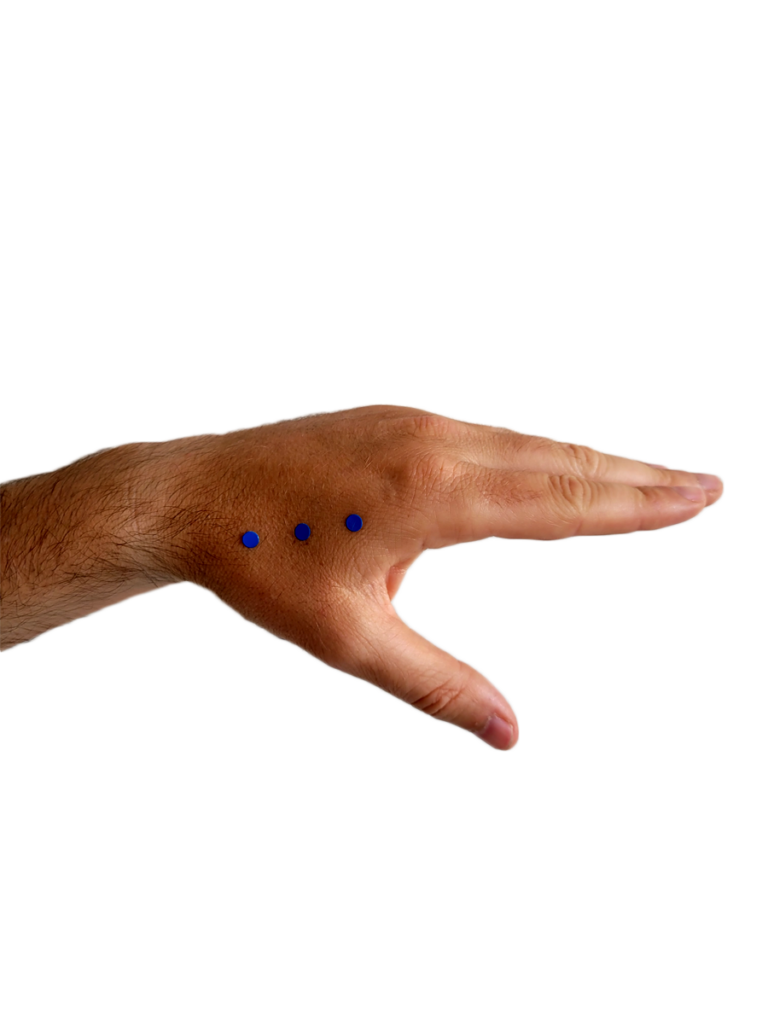ST36 is perhaps the most commonly used and known acupuncture point in acupuncture treatment.
As acupuncturist we know that this point can be used for many types of diseases and disorders; when there is repletion pattern the point can drain (for example clear heat from the yang ming channel), when there is vacuity pattern, the point can supplement (especially with moxa).
So why this point can do some many things? First let’s understand what the point name is telling us.
Name:
ST36:足三里 zú sān lǐ Leg three miles
足 [zú] : leg
三 [sān] : three
里 [lǐ] : measurement of distance equal to approximately one third of a mile.
Anatomy:
The point called Three Li is, because its located three cun (inch) below the knee.
Function:
1) In classical Chinese, the character 里【lǐ】 often employed to express the meaning associate with 理【lǐ】; to regulate or rectify. Given the point name, it may perhaps means that the point can regulate three things, which some books specify as being the spleen, stomach and kidney, and others as the upper, central and lower burners. The modern character 裡【lǐ】, which carries the meaning of inner or inside, often represented by the character 里【lǐ】in classical Chinese. Therefore if this connotations holds it could be the three interior 【sān jiāo 三焦]】, which suggests us about the broad effect of this point.
理氣 Rectifying Qi
In Chinese medicine when the qi flow in the channel is disturb, a correction of any morbidity of qi, is required. What type of qi correction we have and how can use this point?
a) 氣滯 【qì zhì】 Qi stagnation: when there is qi stagnation in the yang ming channel, heat can occur. This point is commonly used together with another sea-uniting point (合穴) LI-11 (曲池)to clear heat from the channel.
b) 氣鬱 【qì yù】 Qi depression: when the qi of the leg yang ming not flow correctly, different signs and symptoms in the digestive system can occur. This point is also classified as the part of 4 command points 四總穴【sì cǒng xué】 in the body and a command the abdomen and stomach. Thus, this point can treat all digestive disorders.
c) 氣逆 【qì nì】 Qi counterflow: This point is the sea- uniting (合穴) point, therefore in can treat disorders of counterflow of qi according to the theory of the five transport points 五輸穴 【wǔ shū xué】. For example – vomiting is classifed is counterflow qi of the stomach, this point can be use combined with ST34 梁丘.
d) 氣虛 【qì xū】 Qi vacuity: This point is the sea- uniting (合穴) point. The qi in these points is deep, therefore these points can affect the corresponding organ they are associate with, according to the theory of the five transport points 五輸穴 【wǔ shū xué】. For example – for fatigue, we want to supplement the post-natal qi, which originate from the stomach (the source of water and grain), thus we can use this point to treat fatigue (add moxa)
e) 氣陷 【qì xiàn】 Qi fall: when the qi is very weak, we can see signs of prolapse. This point is categories as the sea of water and grain, which implement that this point is associate with the post-natal qi. supporting the post-natal qi can alive pre-natal qi. Therefore, this point can affect as well the pre-natal qi, which is the source qi (原氣) that origin from the kidney. Thus, for prolapse this point is commonly added to support both post and pre-natal qi.
Point pair 配穴 【pèi xué】The three Lee
ST36 (足三里 zū sān lǐ)+ LI10 (手三里 shǒu sān lǐ ) + CV11 (建里 jiàn lǐ)
This point pair I have studied from Prof. Wang Ju Yi (王居易教授), in Beijing China. All the 3 points have the character 里【lǐ】, thus they called the 3 lee. This set of 3 points can be used in the function of warming and strengthening the spleen and stomach, especially when there is vacuity signs that led to abdominal pain, diarrhea and low appetite. Together this point pair can re-establish the qi transformation in the yang ming channel.
Sources:
- Notes from lectures of Dr. Wang Ju-Yi, Beijing China 2011- 2012
- Introduction to Chinese medicine English terminology by Nigel Wiseman




